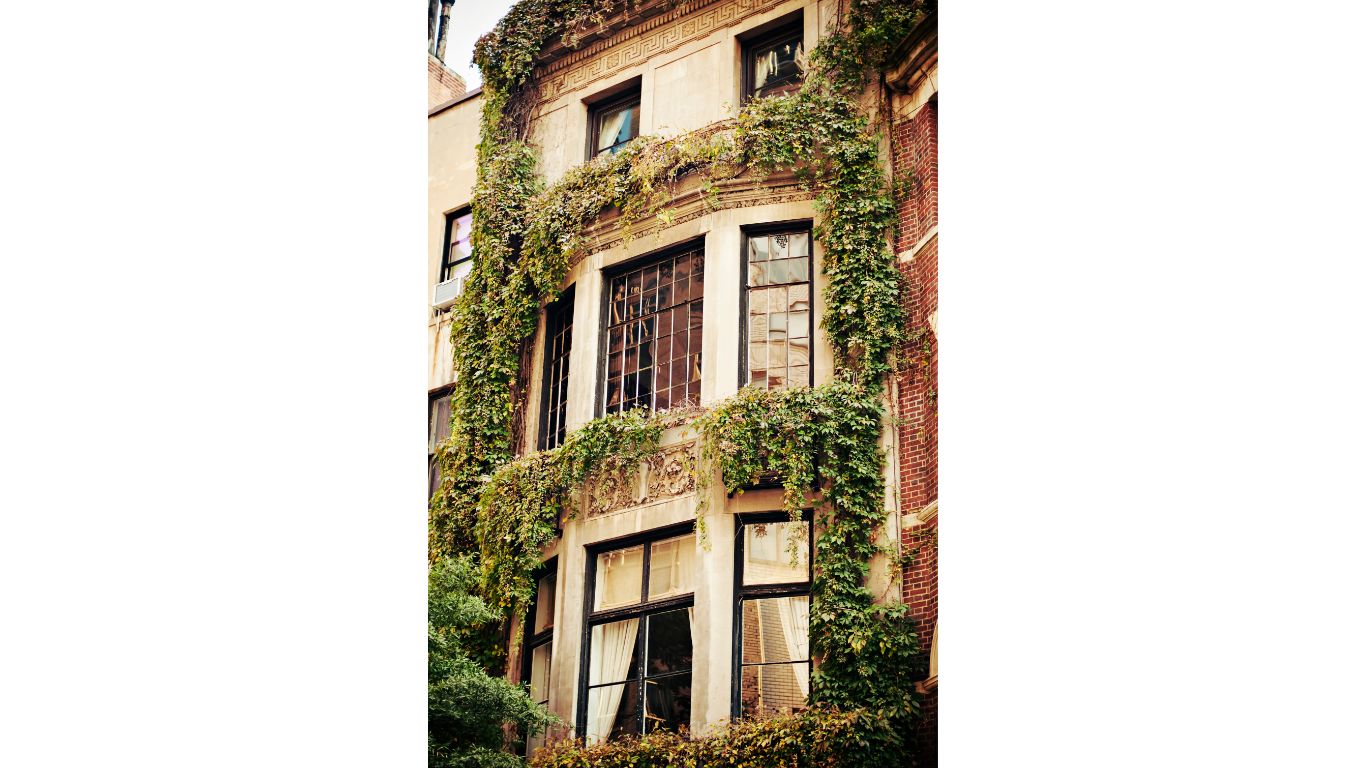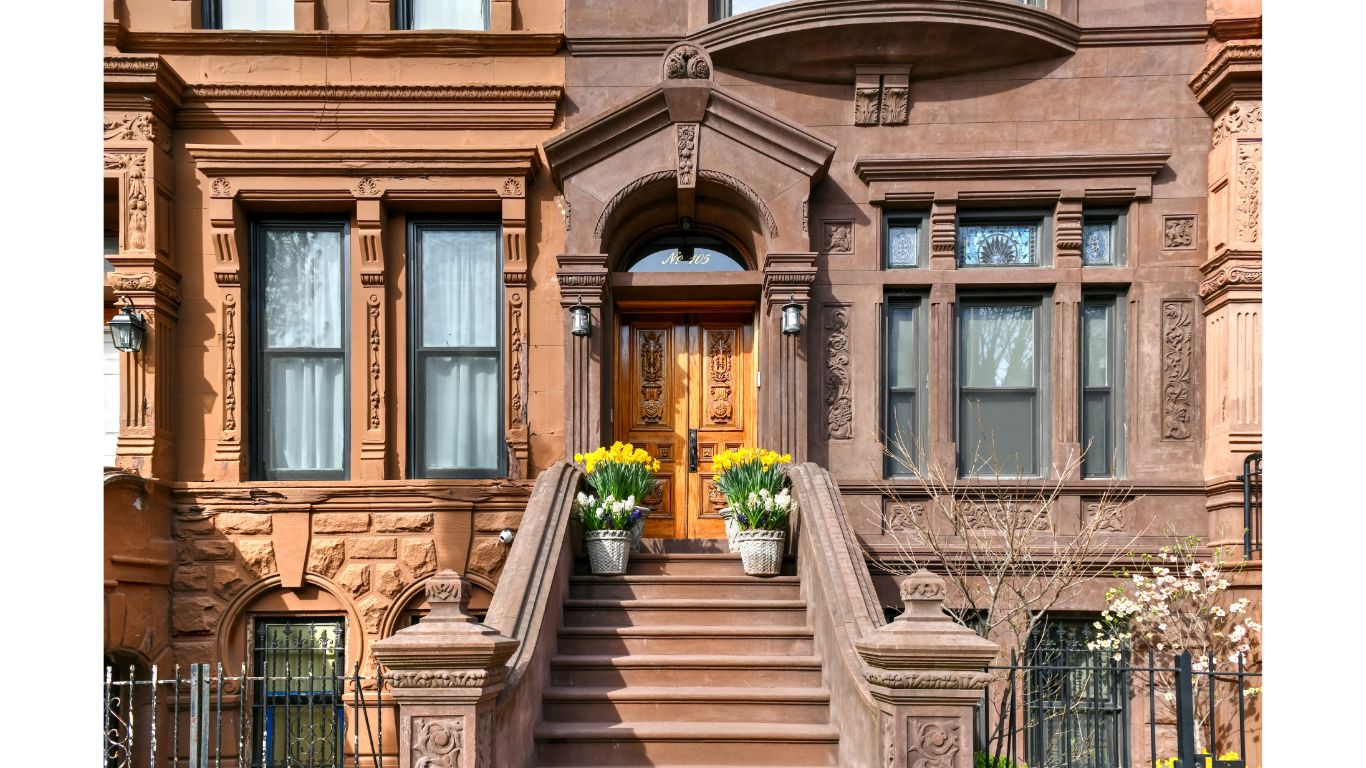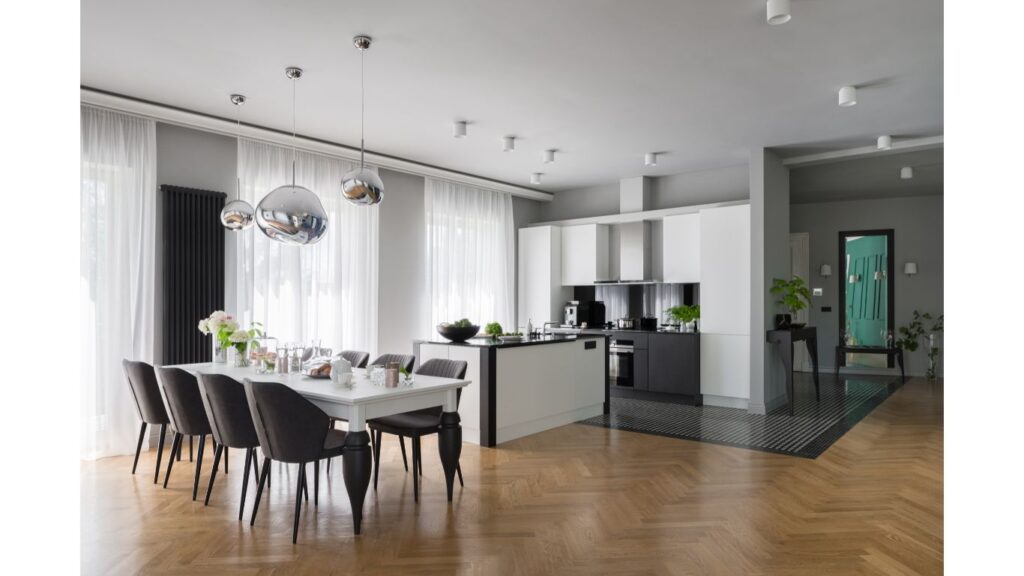Transforming New York City Brownstones with Modern Renovations

As many of you who follow this blog know, New York City brownstones—those iconic, historic buildings that line the charming streets of neighborhoods from Brooklyn to Manhattan—are one of my favorite types of projects to take on. They truly give interior designers like us the opportunity to draw upon all our skills—design, organization, time management, legal, and negotiation.
The historical significance of Apostle Island brownstone, originating in Wisconsin during the 1800s and used in notable constructions like the first Milwaukee County Courthouse, adds depth to its legacy.
Working on these architectural treasures can breathe new life into them. What’s exciting is working with the historic elements of brownstones (protected by various New York City regulations) alongside new, modern design features. So, we want to explore some of this in this blog with you. We’ll delve into how our skillset in these areas– even including the use of Japandi interior design which is an area of expertise for us–is revitalizing these spaces, making them fit for modern living while preserving their classic allure.
Understanding NYC Brownstones
What are NYC Brownstones?
NYC brownstones are a quintessential part of the city’s architectural heritage, dating back to the 19th century. These residential structures are renowned for their distinctive brownstone façades, crafted from reddish-brown sandstone. This sandstone was primarily quarried from regions such as the Connecticut River Valley, New Jersey, and Pennsylvania, including the famous Portland Brownstone Quarry. The use of this material not only gave these buildings their name but also their unique, warm appearance.
Brownstones became particularly popular in New York City during the mid-19th century, especially among the burgeoning middle class. They were seen as a way to own a piece of luxury at a relatively affordable price. The romantic classicism movement, which emphasized the beauty of nature and the natural world, heavily influenced their design. This movement is reflected in the elegant and timeless aesthetic of brownstone architecture, making these homes highly sought after even today.
Architectural Features of NYC Brownstones
The architectural features of NYC brownstones are what make them truly stand out. One of the most iconic elements is the stoop, a set of stairs leading to the main entrance, often adorned with intricate iron railings. These stoops not only add to the building’s charm but also serve a practical purpose, elevating the entrance above street level.
The facades of brownstones are typically symmetrical, with slender windows that allow natural light to filter into the interior spaces. These buildings usually have three to five floors, with the parlor floor being particularly noteworthy. The parlor floor often boasts the highest ceilings and the most elaborate decorative elements, making it a focal point of the home.
Inside, brownstones are known for their ornate woodwork, including detailed moldings and wainscoting. Hardwood flooring is a common feature, adding warmth and elegance to the interiors. Decorative elements such as plaster medallions and crystal chandeliers further enhance the aesthetic appeal. The exterior design elements, including the façade materials and ornamental details, contribute to the unique and timeless beauty of NYC brownstones.
The Timeless Charm of New York City Brownstones
As an experienced interior designer in New York, I appreciate that brownstones are more than just buildings; they are pieces of history that embody the city’s rich architectural past. A brownstone house, with its intricate facades, classic stoops, stairways, and moldings, is highly desirable due to its unique characteristics and charm.
Yet, the interiors of many brownstones often contain layouts and features that can feel outdated to today’s urban dwellers. While they are large (overall) spaces, they can oddly feel cramped or divided up in ways that restrict flow, light, etc. This is where our interior skills come into play. We can transform these aging interiors into functional, modern spaces that still respect the original architecture.
Brownstone Neighborhoods in NYC
Park Slope: A Hub for Brownstone Renovations
Park Slope stands out as one of the most iconic brownstone neighborhoods in New York City. This Brooklyn enclave is renowned for its picturesque streets, lined with beautifully restored brownstones that exude historic charm. The neighborhood has become a magnet for families and young professionals, drawn by its welcoming atmosphere, excellent schools, and convenient access to public transportation.
Park Slope is also home to a vibrant community of artists, writers, and musicians, who appreciate its creative energy and historic allure. The brownstones in this area are often meticulously restored, with a focus on preserving their original architectural features while integrating modern amenities. This blend of old and new makes Park Slope a hub for brownstone renovations, attracting homeowners and developers eager to bring these iconic buildings back to their former glory.
The trend of renovating brownstones in Park Slope reflects a broader movement across the city, where the appeal of living in historic, visually stunning structures is matched by the desire for contemporary comforts. As a result, Park Slope continues to be a prime location for those looking to experience the best of both worlds—historic elegance and modern living.
The Role of a Specialized Brownstone Interior Designer
Renovating a brownstone might involve reimagining the interior spaces to create open, airy layouts. Historically significant as a favored building material in New York City, brownstone often features compartmentalized rooms that can feel dark and cramped by today’s standards. Removing non-load-bearing walls or enlarging doorways can open up these spaces significantly.
Good lighting is crucial in highlighting the brownstone’s architectural features and enhancing the ambiance. Designers can add a combination of task, ambient, and accent lighting to illuminate the space well. Options can include sleek track lighting, recessed lighting, or statement fixtures that complement the interior decor.
Another focus for interior designers is the “restoring” of original architectural details in brownstones such as moldings, fireplaces, and at times fully restoring the hardwood floors. This will preserve the historical integrity while contributing to the aesthetic value of the home. There are ways to carefully refurbish these elements to bring out their original beauty.
Incorporating Modern Design with a Touch of Japandi
Another topic you know we like to discuss (if you follow this blog) is merging design elements from different regions or with multiple cultural influences. We are always excited by implementing Japandi design—a blend of Japanese and Scandinavian aesthetics.
Remember that this style emphasizes minimalism, natural wood finishes, and a calming color palette, which aligns beautifully with the Scandinavian appreciation for functionality, simplicity, and comfort. It’s perfect for brownstones as it enhances the historical elements with a clean, modern touch. How? Since Japandi emphasizes minimalism, it works beautifully in the narrow, smaller spaces often found in brownstones.
Sleek, modern furniture (used sparingly) can fit well in these spaces. Also having lighter tones in terms of furniture can brighten the room and make it feel more spacious.
We can choose sleek, handcrafted furniture to keep the space uncluttered, complemented by natural textures and greenery that add warmth and life. The influence of Japandi can be seen in the use of soft, muted colors, highlighted by the rich, original woodwork typical of a brownstone’s interior.
Challenges and Considerations
While aesthetic transformation is a significant part of brownstone renovations, there are numerous practical considerations Manhattan and Brooklyn interior designers address (this is where the bulk of these brownstones are.) This includes upgrading outdated plumbing and electrical systems, improving insulation and window efficiency, and potentially retrofitting for natural gas, electric stoves, or even solar power. (If you are interested in learning more about some of these city-wide efforts, check out this website called NYC Accelerator.)
Connecticut River brownstone, a commonly recognized type of brownstone originating from quarries in Portland, Connecticut, has historical significance and is prevalent in landmark buildings across major U.S. cities such as Boston, Chicago, and New York City.
Additionally, renovating in New York City means navigating a complex maze of building codes and permit requirements, especially in historic districts where changes are strictly regulated. We know these well and help clients through regulatory challenges, making sure that all modifications are compliant and approved.
Sustainability in Renovation
Speaking of being environmentally aware and active, we put sustainability at the forefront of our design philosophy. We focus on sustainable practices, such as using reclaimed materials or selecting fixtures that reduce water and energy use. Of course, design is paramount (as is client feedback), but we know that sustainability and high-quality interior design can align seamlessly. Being “green” is not only responsible, but these practices can also offer long-term savings to homeowners—such a crucial factor in New York’s expensive housing market.
The Future of New York City Brownstone Renovations
Looking forward, the trend of transforming NYC brownstones into modern homes is only expected to grow. The amount of inventory is large, particularly in areas of the city where gut renovations are on the rise. The appeal of living in these historic, visually stunning structures (with all the comforts of modern technology and design!) is undeniable. And with the help of our talented team, these old gems are being carefully and creatively ushered into the 21st century. (You can check out one of the Brooklyn brownstones we have renovated. And if you want to learn more about the history of brownstones check out Brownstoner.) Lastly, if you are asking the question: how do I find an interior designer near me? Please feel free to reach out and we can have a discussion about your needs and how we may work together!


